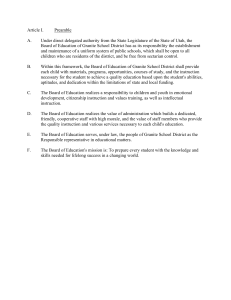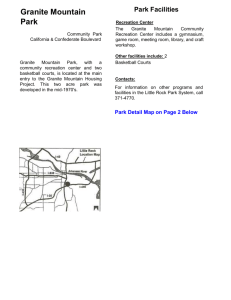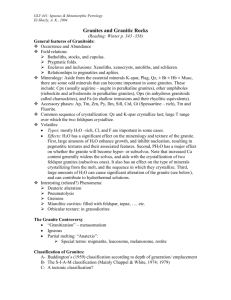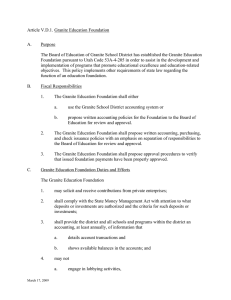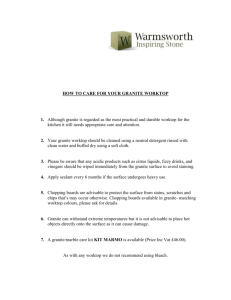NagerParker
advertisement
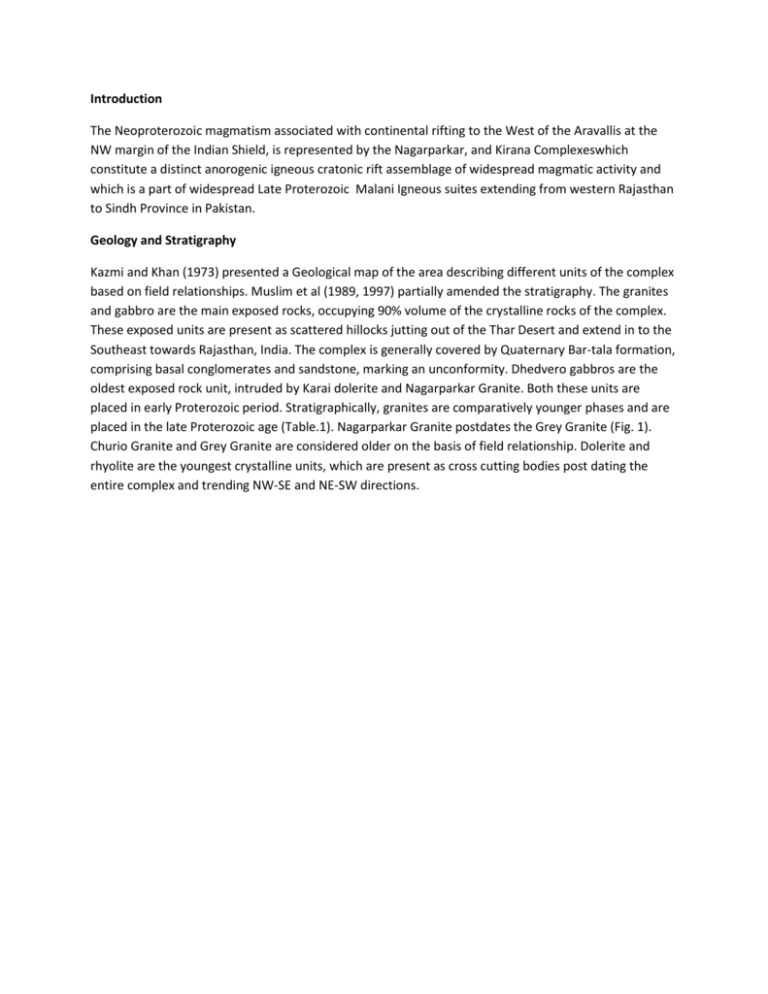
Introduction The Neoproterozoic magmatism associated with continental rifting to the West of the Aravallis at the NW margin of the Indian Shield, is represented by the Nagarparkar, and Kirana Complexeswhich constitute a distinct anorogenic igneous cratonic rift assemblage of widespread magmatic activity and which is a part of widespread Late Proterozoic Malani Igneous suites extending from western Rajasthan to Sindh Province in Pakistan. Geology and Stratigraphy Kazmi and Khan (1973) presented a Geological map of the area describing different units of the complex based on field relationships. Muslim et al (1989, 1997) partially amended the stratigraphy. The granites and gabbro are the main exposed rocks, occupying 90% volume of the crystalline rocks of the complex. These exposed units are present as scattered hillocks jutting out of the Thar Desert and extend in to the Southeast towards Rajasthan, India. The complex is generally covered by Quaternary Bar-tala formation, comprising basal conglomerates and sandstone, marking an unconformity. Dhedvero gabbros are the oldest exposed rock unit, intruded by Karai dolerite and Nagarparkar Granite. Both these units are placed in early Proterozoic period. Stratigraphically, granites are comparatively younger phases and are placed in the late Proterozoic age (Table.1). Nagarparkar Granite postdates the Grey Granite (Fig. 1). Churio Granite and Grey Granite are considered older on the basis of field relationship. Dolerite and rhyolite are the youngest crystalline units, which are present as cross cutting bodies post dating the entire complex and trending NW-SE and NE-SW directions.
